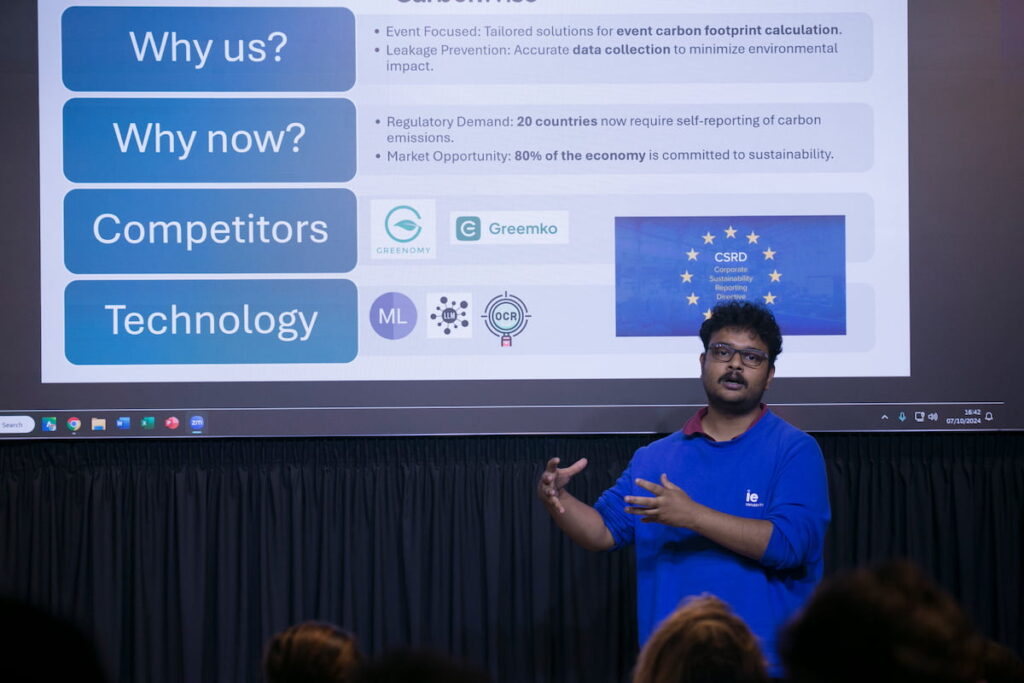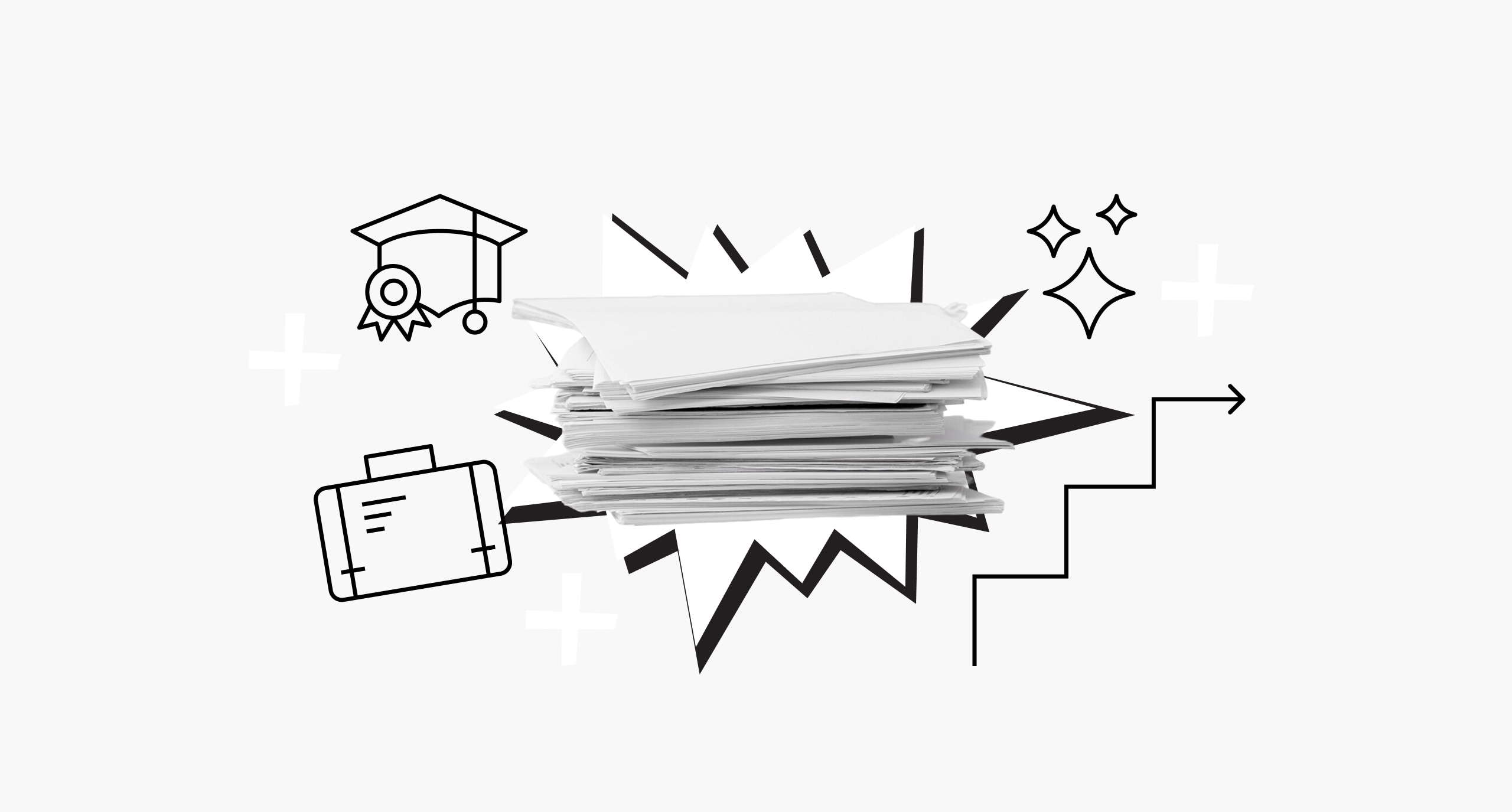In the 1970s, Ralph Merkle patented Merkle Trees, a cryptographic structure for linking blocks of data. In the 1990s, Stuart Haber and W. Scott Stornetta took those ideas further, using them to securely timestamp documents. Now, in 2025, blockchain technology is tipping industries on their heads.
Most of us will know about blockchain through Bitcoin, which launched in 2008 to enable peer-to-peer digital currency without a central authority. Ethereum quickly expanded the concept with smart contracts, opening the door to countless applications beyond cryptocurrency. Now, third-generation platforms are solving scalability and efficiency challenges, pulling blockchain closer to everyday use.
Want to understand where we’re headed? Let’s explore how blockchain is rewriting the rules.
What is blockchain technology in simple terms?
Blockchain often gets described as complex, but the core idea is refreshingly simple. Picture a ledger—only instead of being kept in one place, it’s shared across a network. This makes it possible to record and exchange almost anything of value, from money to property rights. And you do so in a way that’s transparent, secure from tampering.
It’s different from a normal database because of how the information is locked in. Each new record, or “block,” is encrypted, linked to the one before, and permanently added to the chain. If you want to make any changes, most of the network needs to agree. To prove identity and activity, users rely on cryptographic keys: one public, one private.
The result is trust without middlemen. Whether you’re talking about cryptocurrency, supply chains or healthcare, blockchain creates a shared truth everyone can rely on. As Professor Guillermo de Haro, Vice Dean of IE School of Science & Technology notes: “In the past, you could do that with a pen and paper—just a ledger. Now we have hyperledgers and digital currencies including stablecoins.”
What are the 4 types of blockchain technology?
Not every blockchain plays by the same rules. And we can divide them into four main types based on access and control.
1. Public blockchain
Anyone can join, view records and validate new blocks. You do so with mechanisms like proof-of-work or proof-of-stake. Fully decentralized and transparent, public blockchains power Bitcoin, Ethereum and other open networks.
2. Private blockchain
A single organization restricts and controls membership. These are common inside banks or large enterprises where speed and security are critical.
3. Consortium blockchain
Several organizations share responsibility for running the network. This approach works well when trusted partners need to collaborate, like in interbank payments or supply chains.
4. Hybrid blockchain
Part public, part private. Some information stays closed while other data is open, making this model ideal where transparency and confidentiality both matter—for example, in healthcare.
What are the key features of blockchain?
Three traits distinguish blockchain technology from other record-keeping systems.
1. Decentralization
Control is spread across a network instead of resting with one authority, reducing the risk of manipulation or single-point failure.
2. Immutability
Once a transaction is recorded, it can’t be erased. If an error happens, a correction is added but the original stays visible—building accountability and trust.
3. Consensus
Transactions only move forward when the majority of participants approve, ensuring every entry reflects an agreed truth.
What are the main components of blockchain?
Behind the scenes, a few key elements keep blockchain running.
1. Distributed ledger
A permanent record shared across the network. Unlike a standard file, it can’t be quietly changed or deleted.
2. Smart contracts
Code that executes automatically when conditions are met—for example, releasing payment once goods arrive at their destination.
3. Public key cryptography
A system of public and private keys that guarantees identity and prevents fraud. It’s what makes transactions both verifiable and secure.
How does blockchain technology work?
So, let’s get into the essentials of how blockchain technology works. Every transaction starts with a record of assets moving between parties—who, what, when, where, why and how much. Before anything moves ahead, the network must agree the transaction is valid. This is how the system runs without a central authority.
Once approved, transactions are grouped into blocks, sealed with a cryptographic hash, and linked in sequence. If anyone tries any alterations then its immediately exposed on the chain. Everyone in the network then updates their copy of the ledger, so all participants share the same history.
Different platforms adapt these mechanics to their own use cases. Hyperledger Fabric focuses on private networks in trade finance and supply chains. Ethereum supports decentralized public applications. Corda enables private financial transactions. Quorum straddles private and consortium models. As Professor Guillermo de Haro puts it: “Before learning about blockchain, you first need to understand databases, networks, and code. That foundation matters.”
What are the benefits of blockchain technology?
Blockchain benefits are far-reaching. And that’s because it boosts security, efficiency and compliance. With no single point of failure, systems are difficult to compromise. Immutable records make auditing faster and easier. And for industries slowed down by reconciliations or heavy regulation, blockchain offers a cleaner way forward.
Finance has led the charge, using blockchain to move money, settle trades and issue digital assets without the friction of legacy systems.

“When the traditional world and the new world come together, that’s when the market truly changes,” Guillermo says, who notes that the traditional world of finance is already embracing this new tech. Blockchain also opens doors for people who’ve been excluded. Marta de Zavala, who also forms part of the IE faculty for cybersecurity, recalls using blockchain with microfinance for refugees in Jordan: “More than 80% of the refugees were in working age, and blockchain gave them a way to access microloans and build small businesses.”
Beyond inclusion, enterprises see blockchain as a tool for compliance, provenance, and risk management. Immutable records trace goods, prove integrity, and provide strong audit trails. It’s as much about reputation as operations.
How can you learn more about blockchain?
Want to study blockchain? The Master in Financial Technology should be your first choice. This groundbreaking program takes you from concept basics to the frontier of change. The first term lays technical foundations—coding, algorithms, cloud infrastructure. The second applies those skills to finance: digital payments, machine learning, blockchain solutions. The third offers electives like quantum computing, cybersecurity, and distributed ledgers.
It’s hands-on throughout. You’ll work on projects with startups, banks, and global partners. You’ll test yourself in datathons, bootcamps, and venture projects. As Guillermo highlights, “Ripple runs a program with us where selected students train in their tech and participate in competitions. Students aren’t just studying—they’re building, launching, and applying.”
And all of this happens in Madrid, one of Europe’s fastest-growing fintech hubs.

Surrounded by innovators, regulators, and entrepreneurs, you’ll graduate with more than skills. You’ll leave with the confidence, perspective, and network to shape the financial systems of tomorrow. Because the truth is, careers don’t move forward by waiting—they move when you do.
Learn about blockchain technology in depth
Become an expert in new innovations with the Master in Financial Technology.

Benjamin is the editor of Uncover IE. His writing is featured in the LAMDA Verse and Prose Anthology Vol. 19, The Primer and Moonflake Press. Benjamin provided translation for “FalseStuff: La Muerte de las Musas”, winner of Best Theatre Show at the Max Awards 2024.
Benjamin was shortlisted for the Bristol Old Vic Open Sessions 2016 and the Alpine Fellowship Writing Prize 2023.






